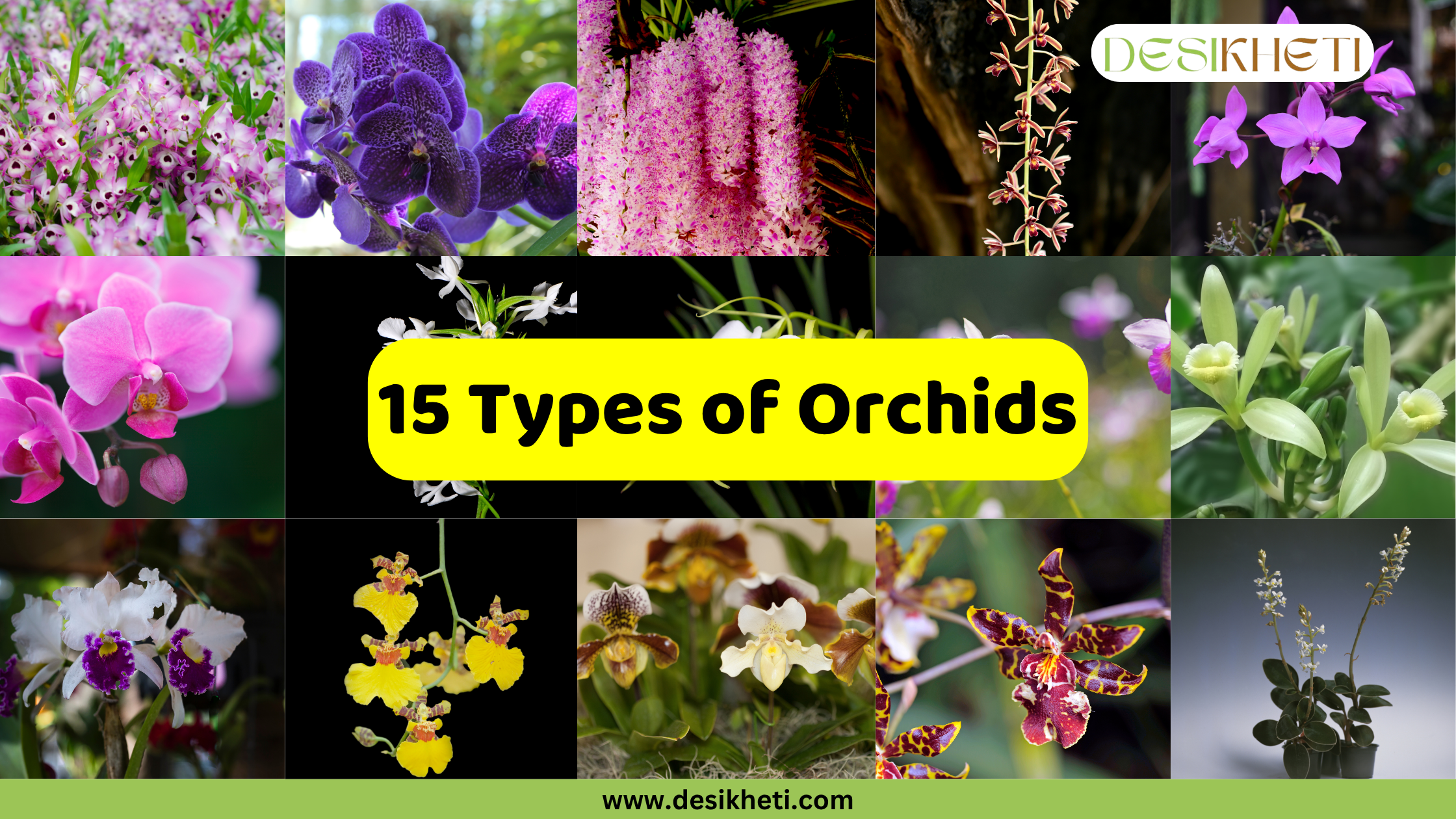Table of Contents
Introduction
Orchids are among the most exquisite and diverse flowering plants found across the world, captivating gardeners, botanists, and nature lovers alike. India, with its varied climate and rich ecosystems, is home to a remarkable variety of orchid species, each with unique features, blooming seasons, and cultural significance.
From the vibrant blue blooms of Vanda coerulea to the delicate slipper-shaped flowers of Paphiopedilum species, orchids not only enhance the beauty of natural landscapes but also hold medicinal, ornamental, and commercial value.
In this guide, we explore 15 fascinating types of orchids found in India, highlighting their botanical characteristics, flowering patterns, and the uses and benefits they offer.
15 Popular Types of Orchids
Noble Dendrobium Orchid
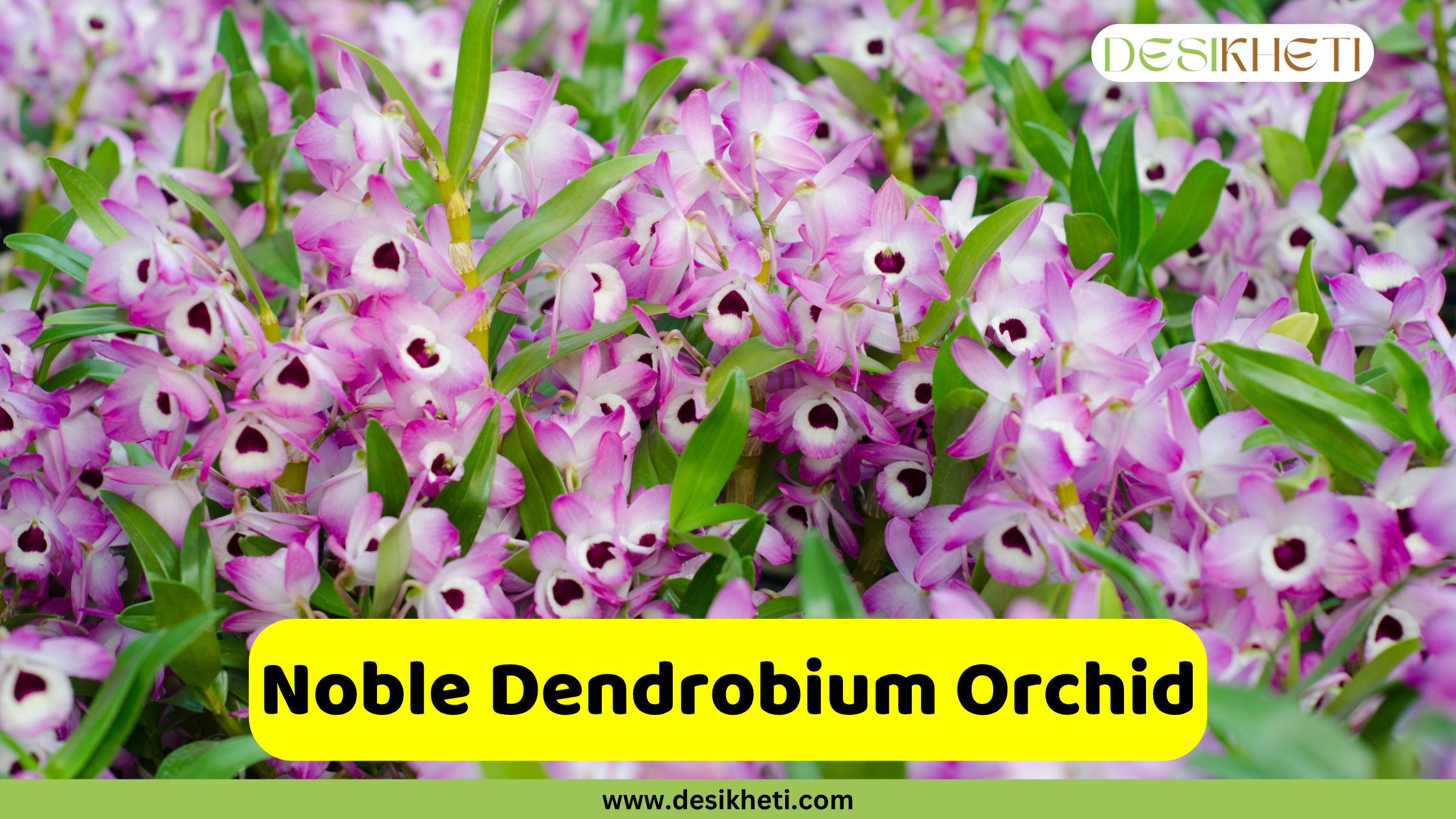
Botanical Name: Dendrobium nobile
An epiphytic or sometimes lithophytic orchid native to Southeast Asia and India (Eastern Himalayas). It has erect or slightly arching canes up to 90 cm tall, with paired leathery leaves.
Large, fragrant flowers (5–6 cm), with soft pink to purple petals and a dark purple or maroon throat, bloom from late winter to early spring (February to April).
Uses & Benefits:
- Used in traditional Chinese medicine and Ayurveda
- Widely cultivated for ornamental and florist trade
Blue Vanda Orchid
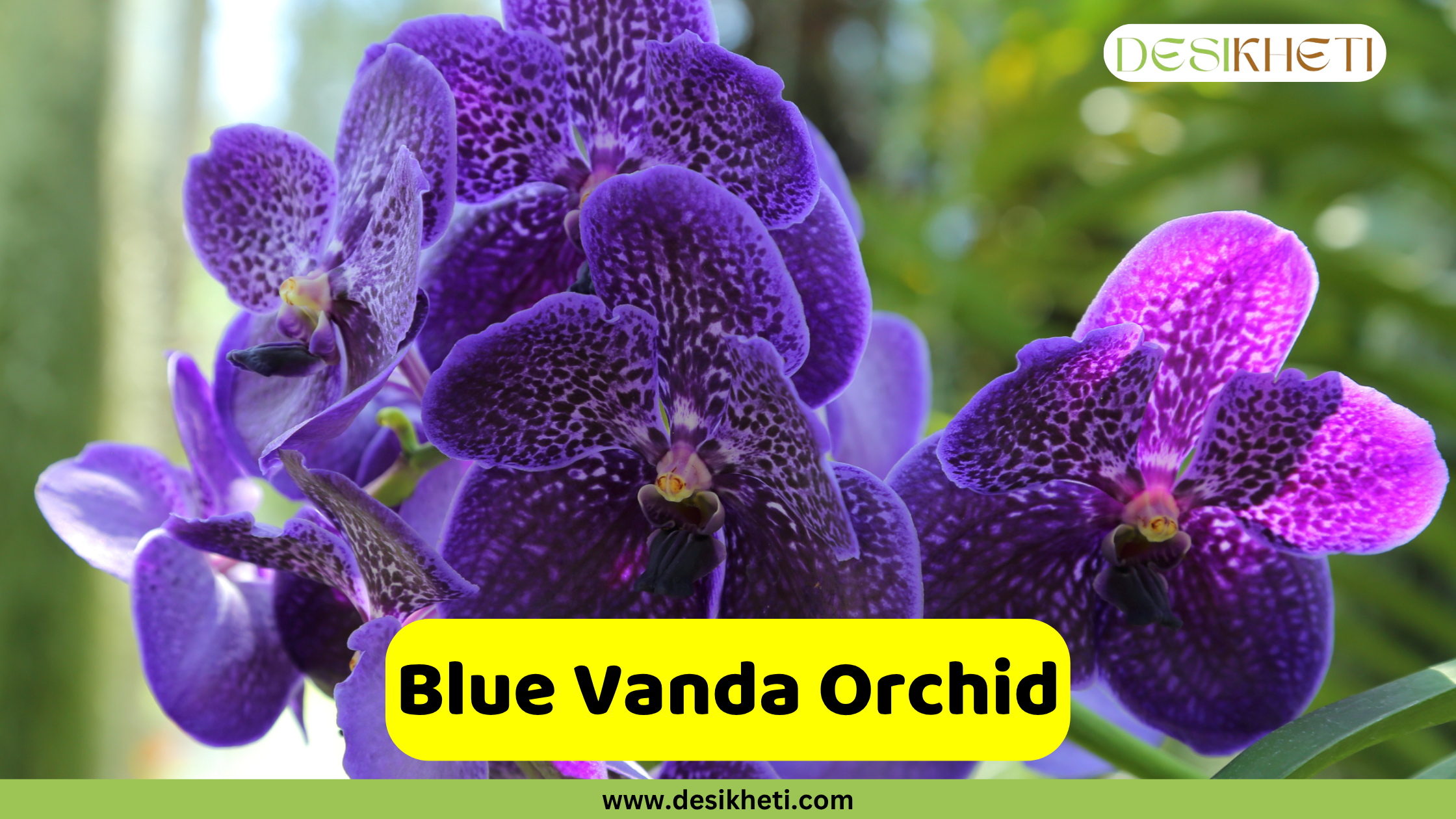
Botanical Name: Vanda coerulea
A monopodial epiphytic orchid native to northeastern India and Southeast Asia. It has strap-shaped dark green leaves and aerial roots. Flowers are large (about 10 cm), bluish-purple with tessellated patterns. Blooms from August to December, peaking in November.
Uses & Benefits:
- Rare natural blue flower, highly prized in horticulture
- Popular in the commercial florist trade and hybridization
Foxtail Orchid
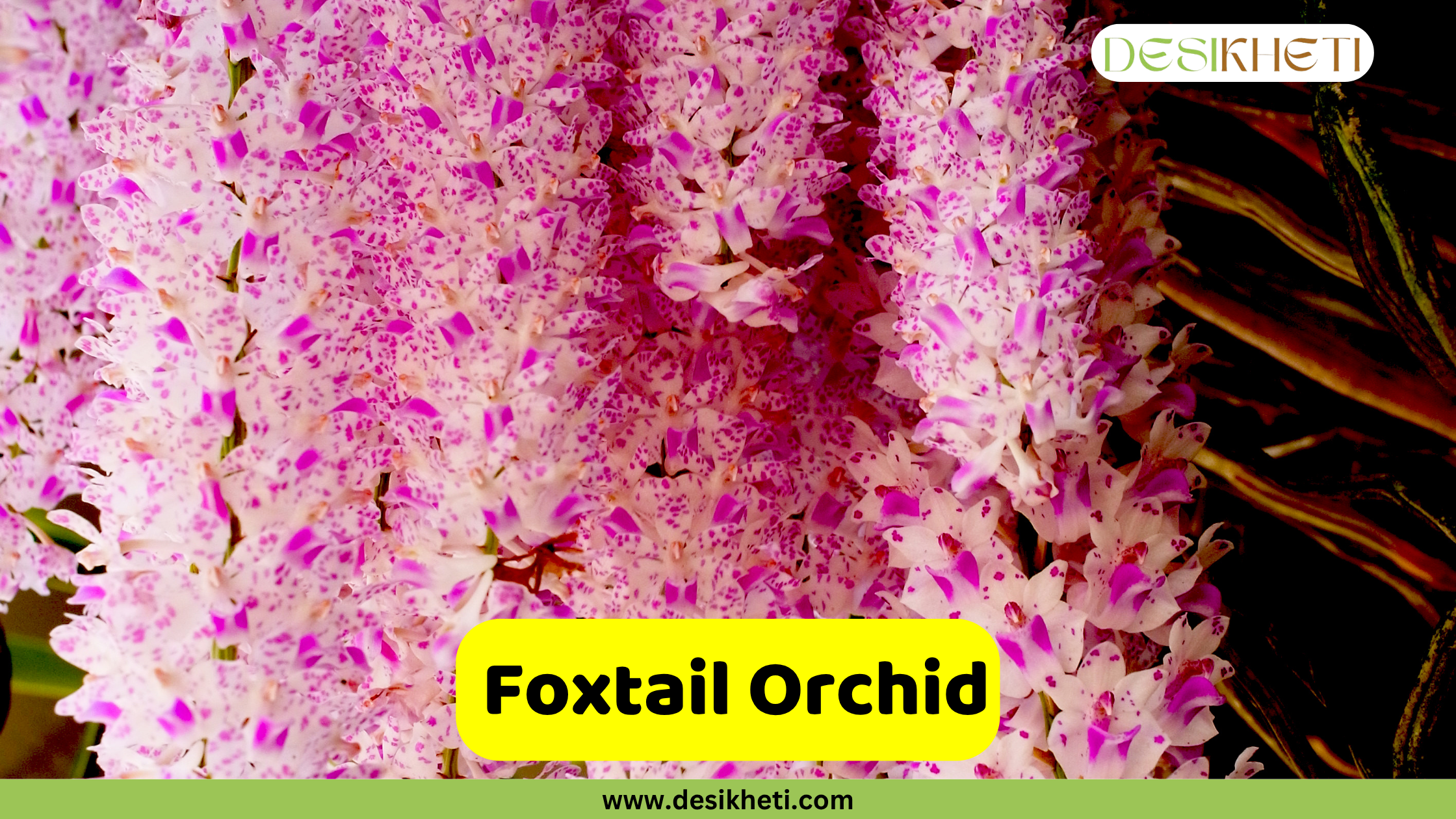
Botanical Name: Rhynchostylis retusa
An epiphytic orchid native to South and Southeast Asia, it grows on tree trunks in humid forests up to 900 m elevation. It has leathery, keeled leaves up to 30 cm long. Flowers are white with pink/purple spots, arranged in dense racemes resembling a fox’s tail, with a spicy fragrance. Blooms in late spring to early summer (May–June).
Uses & Benefits:
- State flower of Assam and Arunachal Pradesh
- Symbolizes love and fertility in Assamese culture
- Cultivated for horticultural and ornamental value
Aloe-leaved Cymbidium Orchid
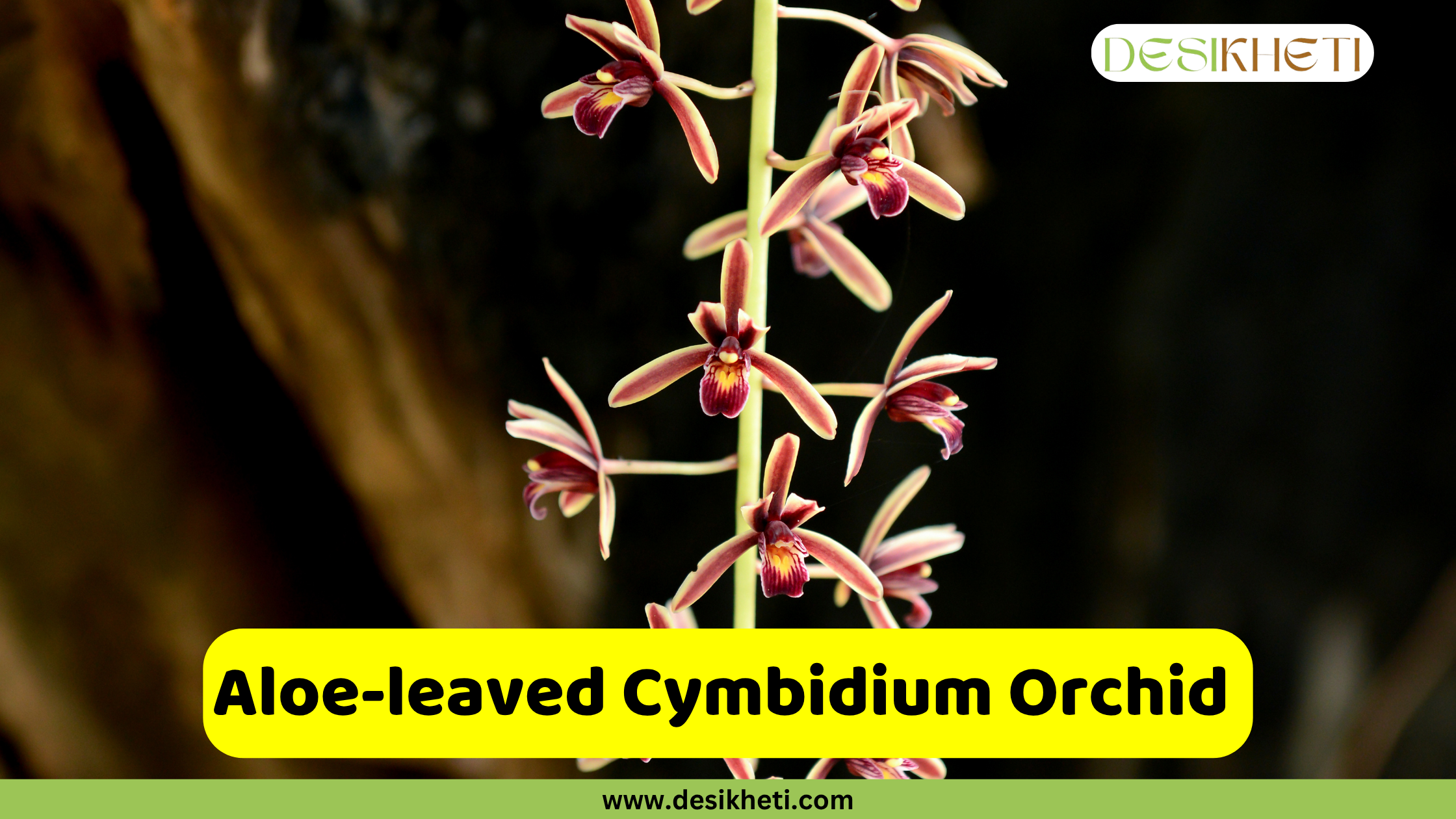
Botanical Name: Cymbidium aloifolium
Epiphytic or lithophytic orchid native to tropical Asia, including India (Eastern Himalayas, Assam). It has long, strap-like leathery leaves resembling aloe. Produces pendulous racemes with fragrant flowers marked with red bands on yellow. Blooms in summer.
Uses & Benefits:
- Ornamental plant prized for its foliage and fragrance
- Used medicinally as a tonic for weakness and chronic diseases
Philippine Ground Orchid
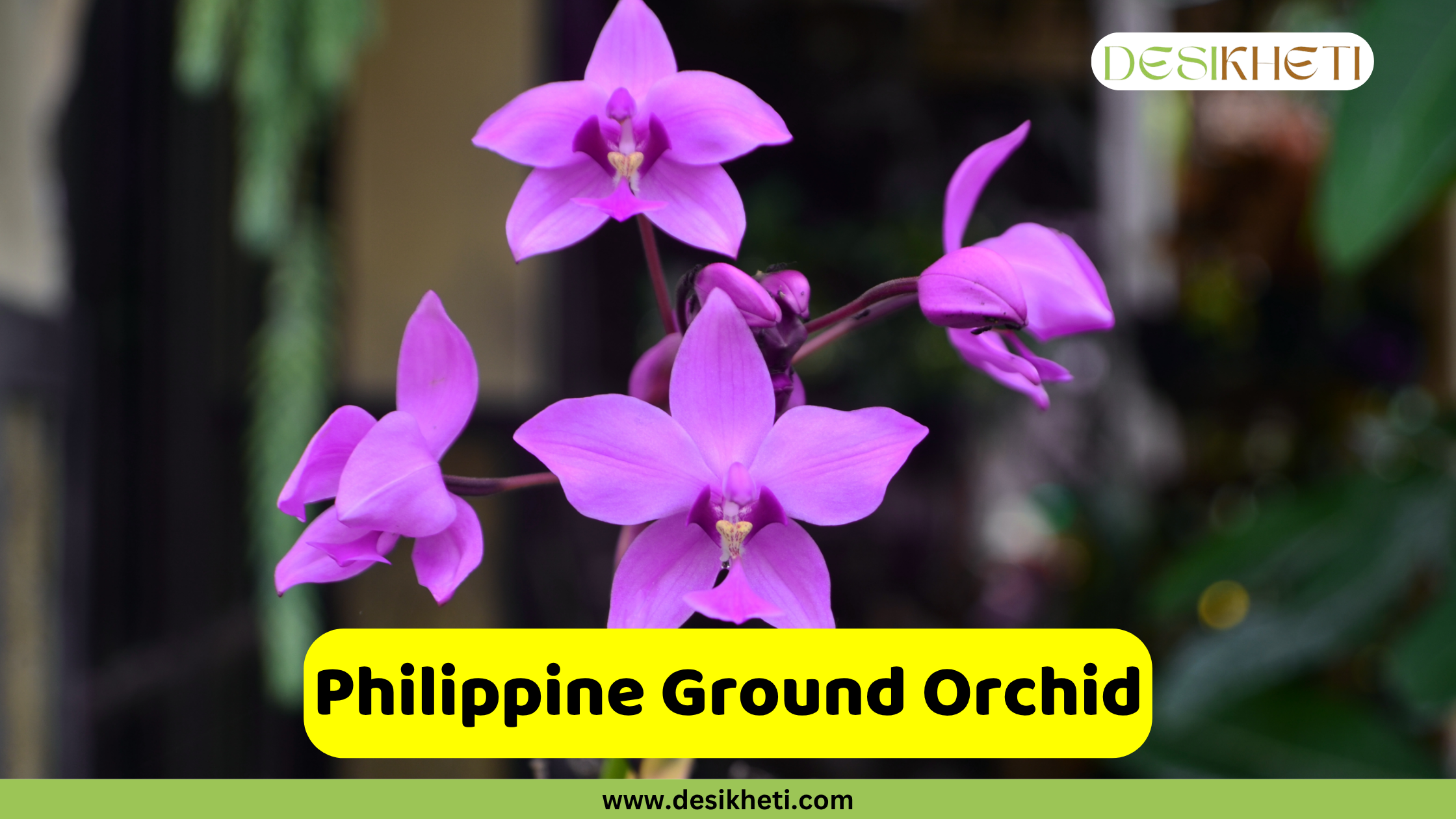
Botanical Name: Spathoglottis plicata
Terrestrial evergreen orchid native to the Asia-Pacific region. It has pleated leaves and hairy flowering stems with up to 40 deep pink to purple flowers (white cultivars also exist). Blooms throughout the year in warm climates.
Uses & Benefits:
- Popular decorative groundcover for gardens and landscaping
- Self-pollinating, with rapid spread
- Important in hybridization programs for new ornamental varieties
Moth Orchid
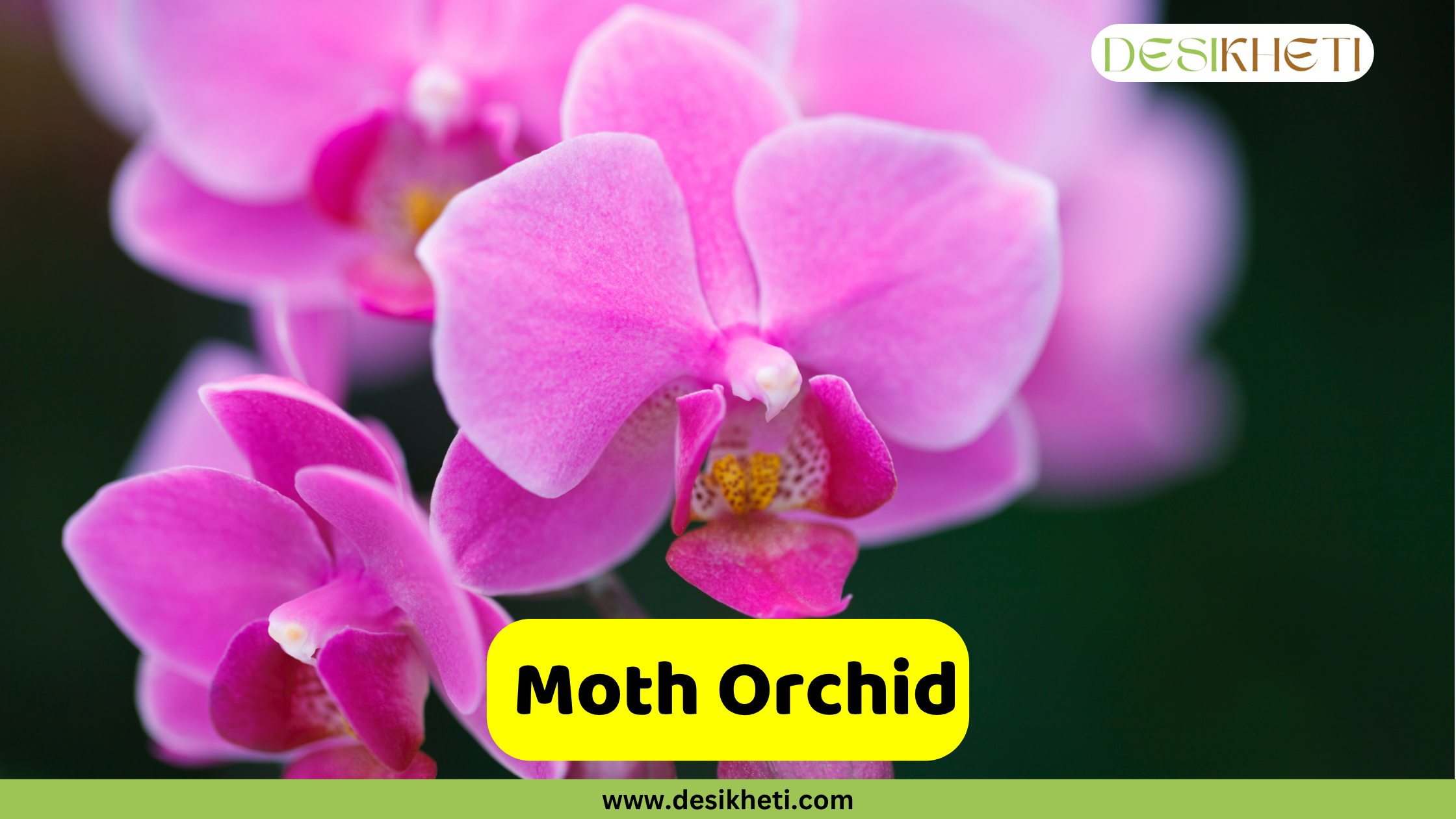
Botanical Name: Phalaenopsis spp.
Epiphytic orchids native to Southeast Asia. They produce flat, moth-like flowers in various colors, including white, pink, yellow, and purple. Bloom from late summer through winter to spring.
Uses & Benefits:
- Widely cultivated for ornamental and commercial floral trade
- Symbolizes love, luxury, and beauty
- Used extensively in hybridization, with over 34,000 hybrids
- Popular gift flowers and celebration decor
Rein Orchid
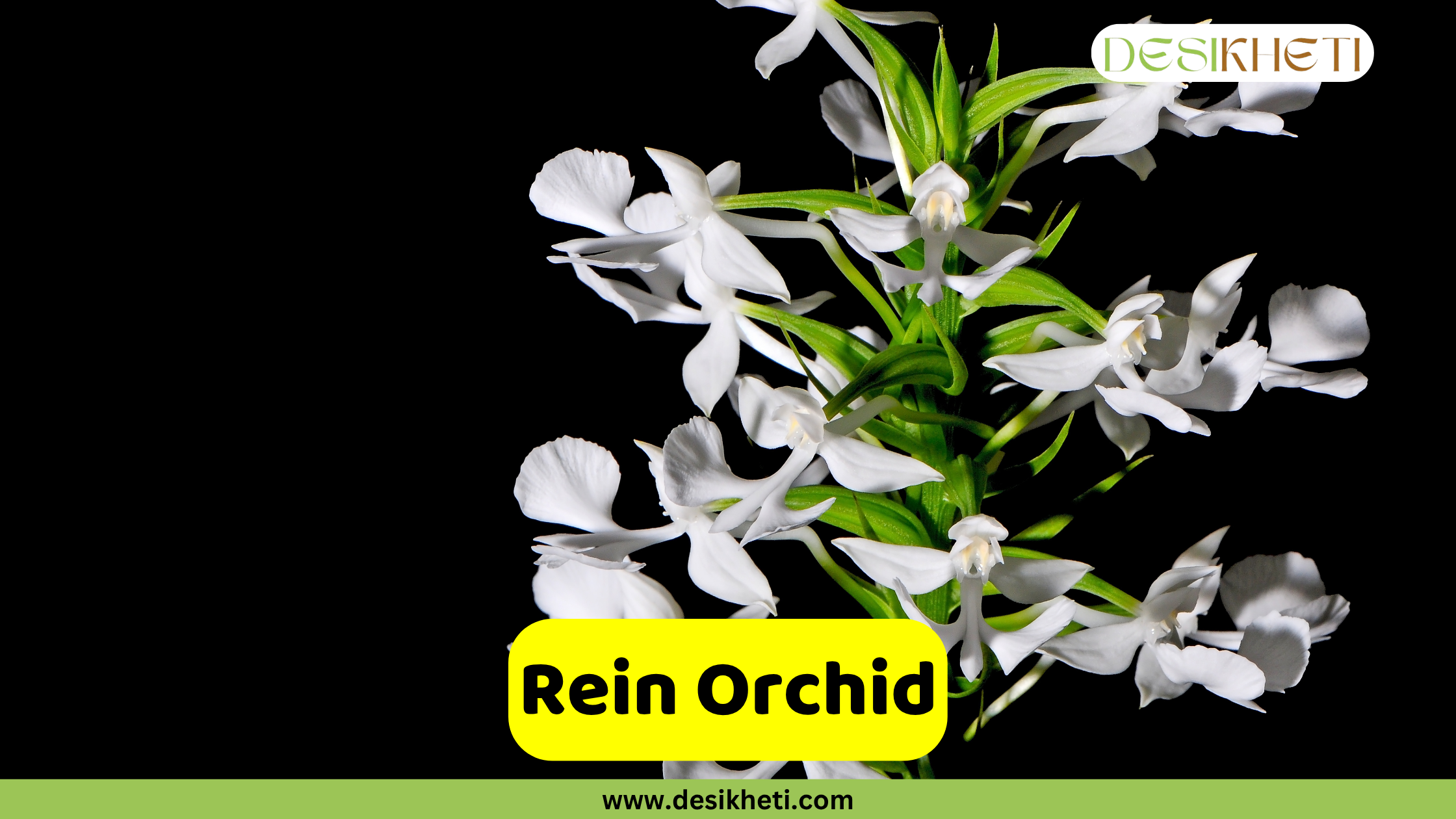
Botanical Name: Habenaria spp.
Terrestrial orchids found in the Himalayan and subtropical regions of India. They grow from underground tubers with basal rosettes of leaves. Flowers are usually greenish-white with spurred lips, blooming from July to October.
Uses & Benefits:
- Recognized in Ayurveda for rejuvenation and aphrodisiac properties
- Valued in traditional medicine systems
Lady of the Night Orchid
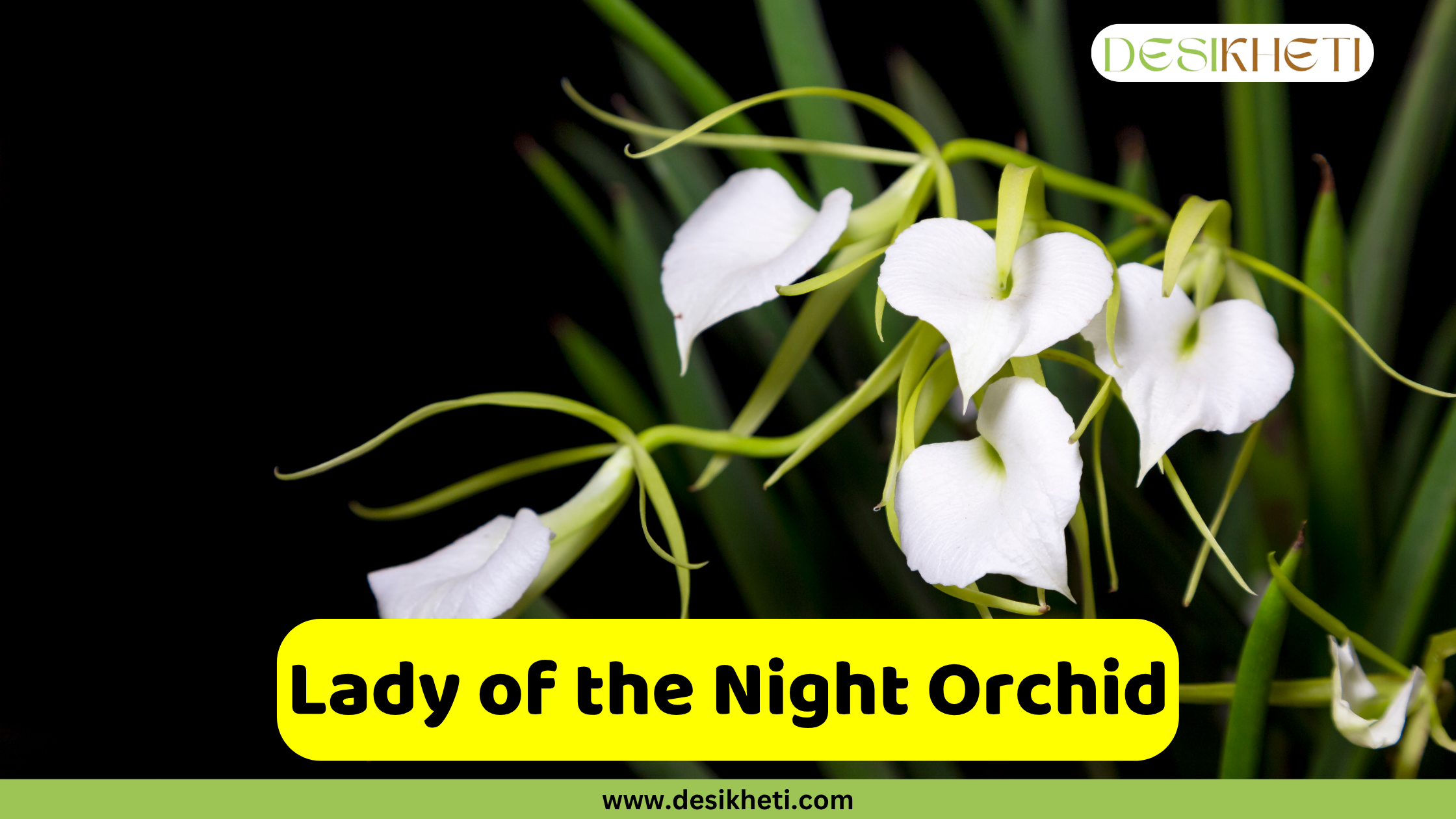
Botanical Name: Brassavola spp.
Brassavola orchids are epiphytic plants with slender, cylindrical pseudobulbs and fleshy, terete leaves. They bear star-shaped, white to greenish-white flowers that emit a strong fragrance at night to attract moths. Blooming occurs frequently, especially in summer and fall.
Uses & Benefits:
- Grown for their strong, sweet night time fragrance
- Popular among orchid collectors and enthusiasts
- Used in hybridization programs for fragrance traits
Bamboo Orchid
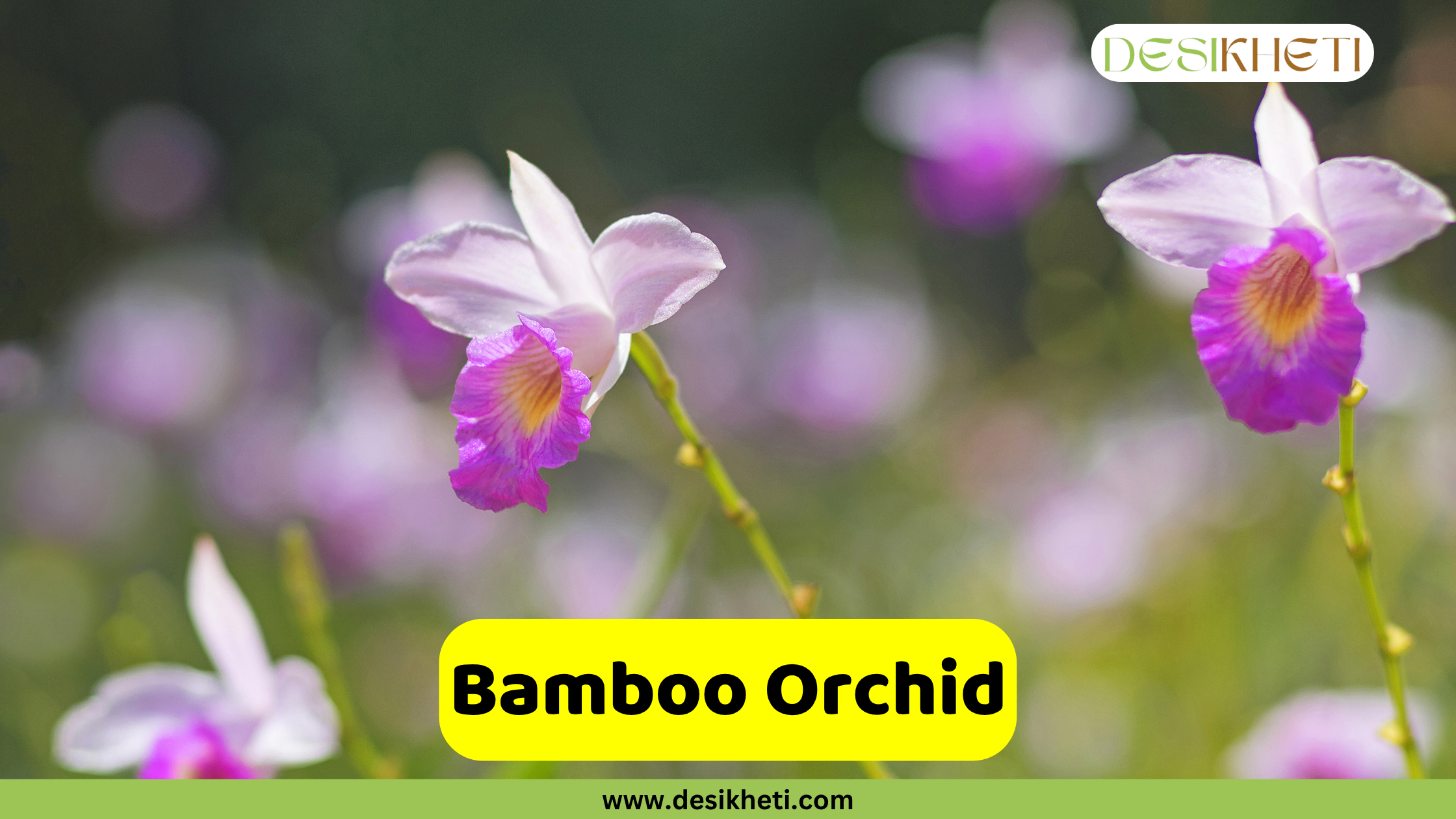
Botanical Name: Arundina graminifolia
A terrestrial orchid with tall, reed-like stems and grass-like leaves, resembling bamboo. It blooms with large pink-purple flowers with a yellow throat from April to September, and sometimes year-round under ideal conditions.
Uses & Benefits:
- Ideal for landscaping and ornamental use
- Easy to propagate through keikis (plantlets)
Vanilla Orchid
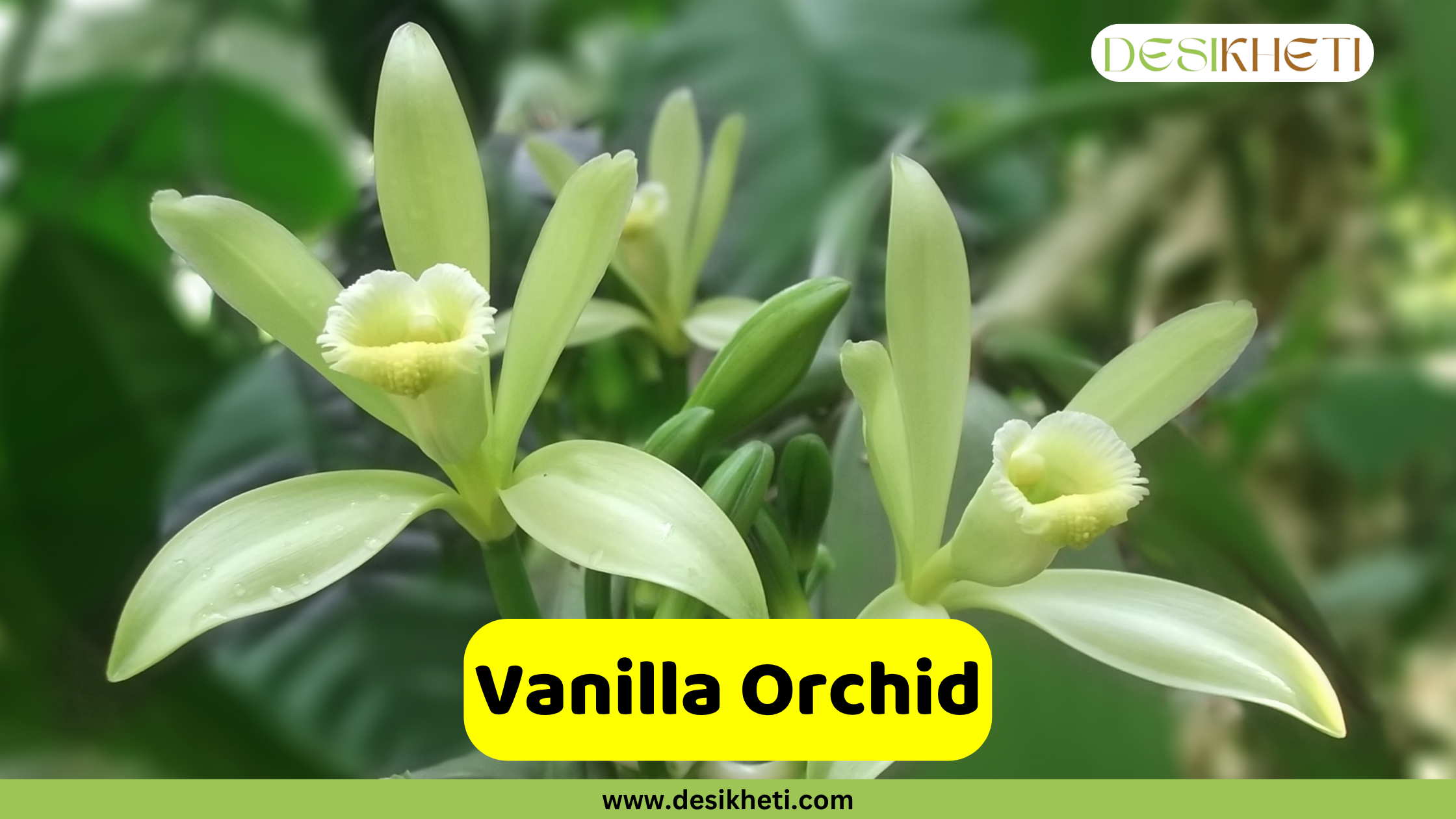
Botanical Name: Vanilla planifolia
A long-climbing vine with fleshy green leaves and large, pale green to white flowers. The flowers bloom briefly in spring or between March and May, and require hand pollination. Produces long pods (vanilla beans).
Uses & Benefits:
- High commercial value in the food and fragrance industry
- Cultivated for export and spice production
- Promotes agroforestry in humid tropical regions
Cattleya Orchid
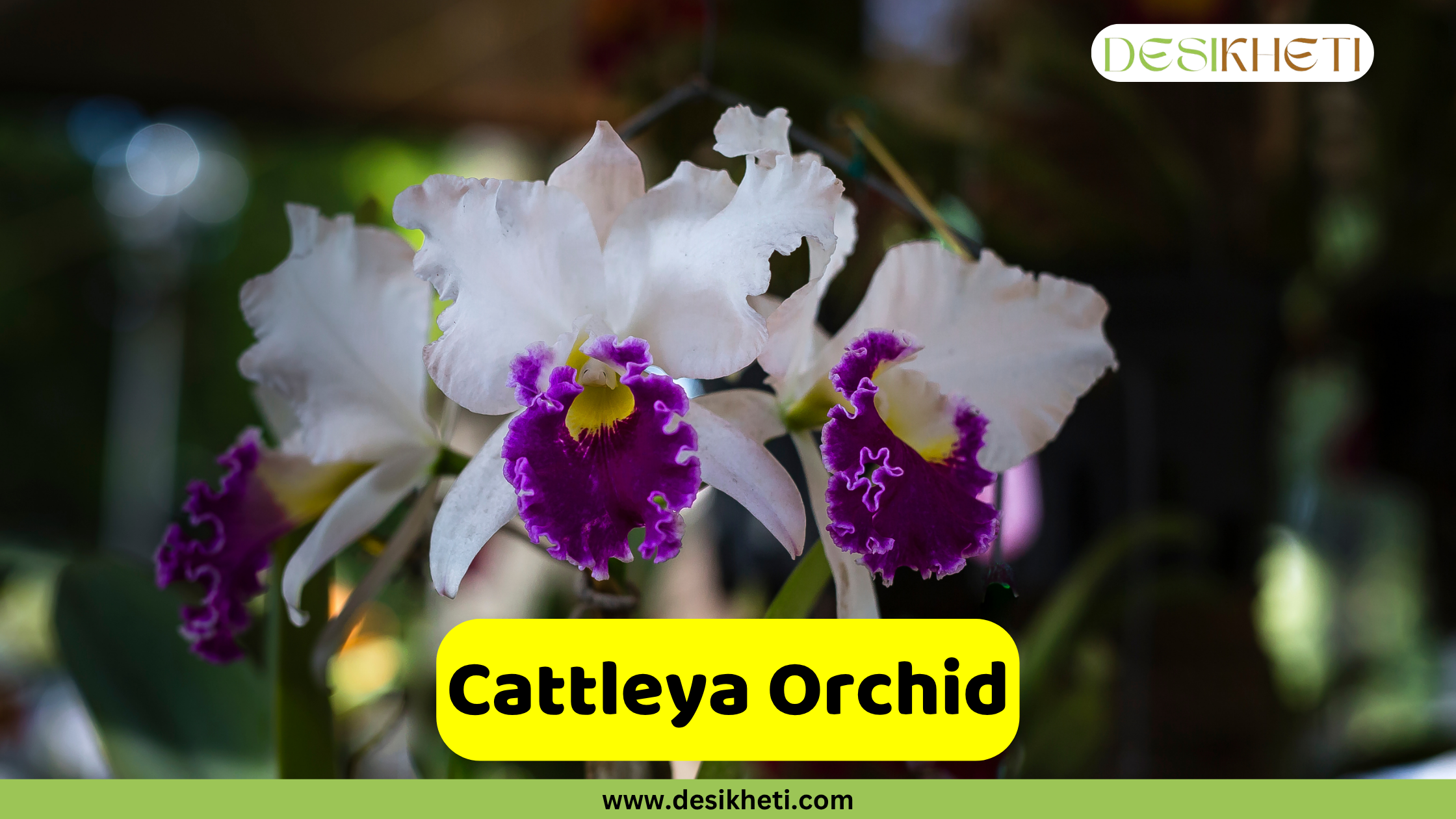
Botanical Name: Cattleya spp.
Features thick, leathery leaves arising from pseudobulbs and large, waxy flowers in vivid colors like purple, pink, and yellow. Blooms during spring and autumn; hybrids may bloom year-round.
Uses & Benefits:
- Popular in bouquets and floral decorations
- Widely used in corsages since the Victorian era
- Cultivated in hybrid programs and the cut flower industry
- Highly prized for exhibition and ornamental displays
Dancing Lady Orchid

Botanical Name: Oncidium spp.
Characterized by long, arching flower spikes with small, frilly yellow-brown blooms resembling dancing figures. Blooms mainly in spring and autumn, with some hybrids flowering year-round.
Uses & Benefits:
- Great for home and greenhouse gardening
- Commonly used in flower arrangements
- Featured in orchid exhibitions and shows
- Some varieties emit a pleasant fragrance
Lady Slipper Orchid
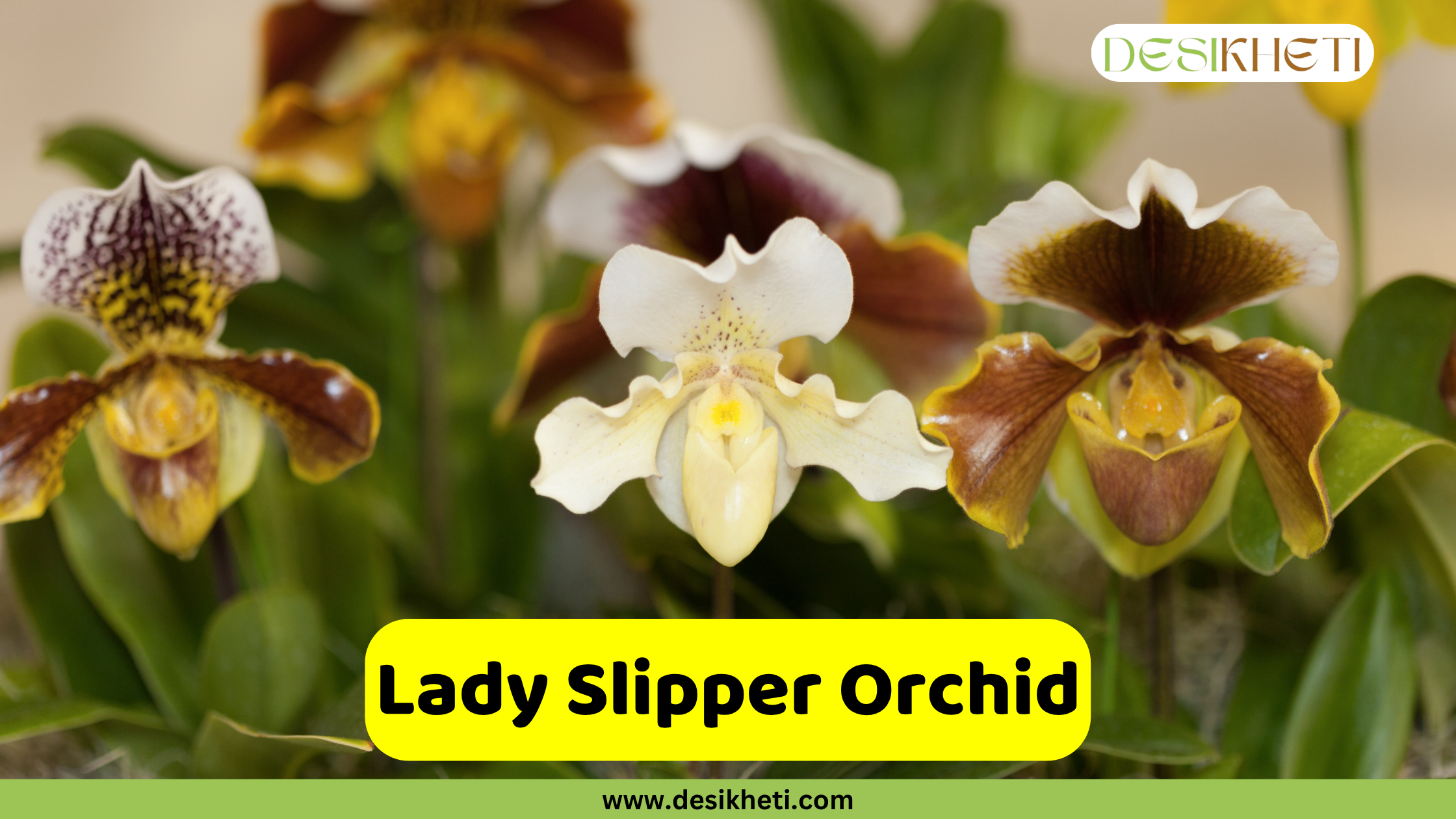
Botanical Name: Paphiopedilum spp.
Known as Lady Slipper Orchids, these are terrestrial or lithophytic orchids with broad, mottled or leathery leaves and striking pouch-shaped flowers in shades of green, yellow, pink, and purple. Blooming once a year, they are recognized for their exotic appearance and unique pollination structure.
Uses & Benefits:
- Grown as premium ornamental orchids for their distinctive flower shape
- Widely hybridized in the commercial cut-flower industry
- Popular in collections and orchid shows due to their novelty
Zygopetalum Orchid
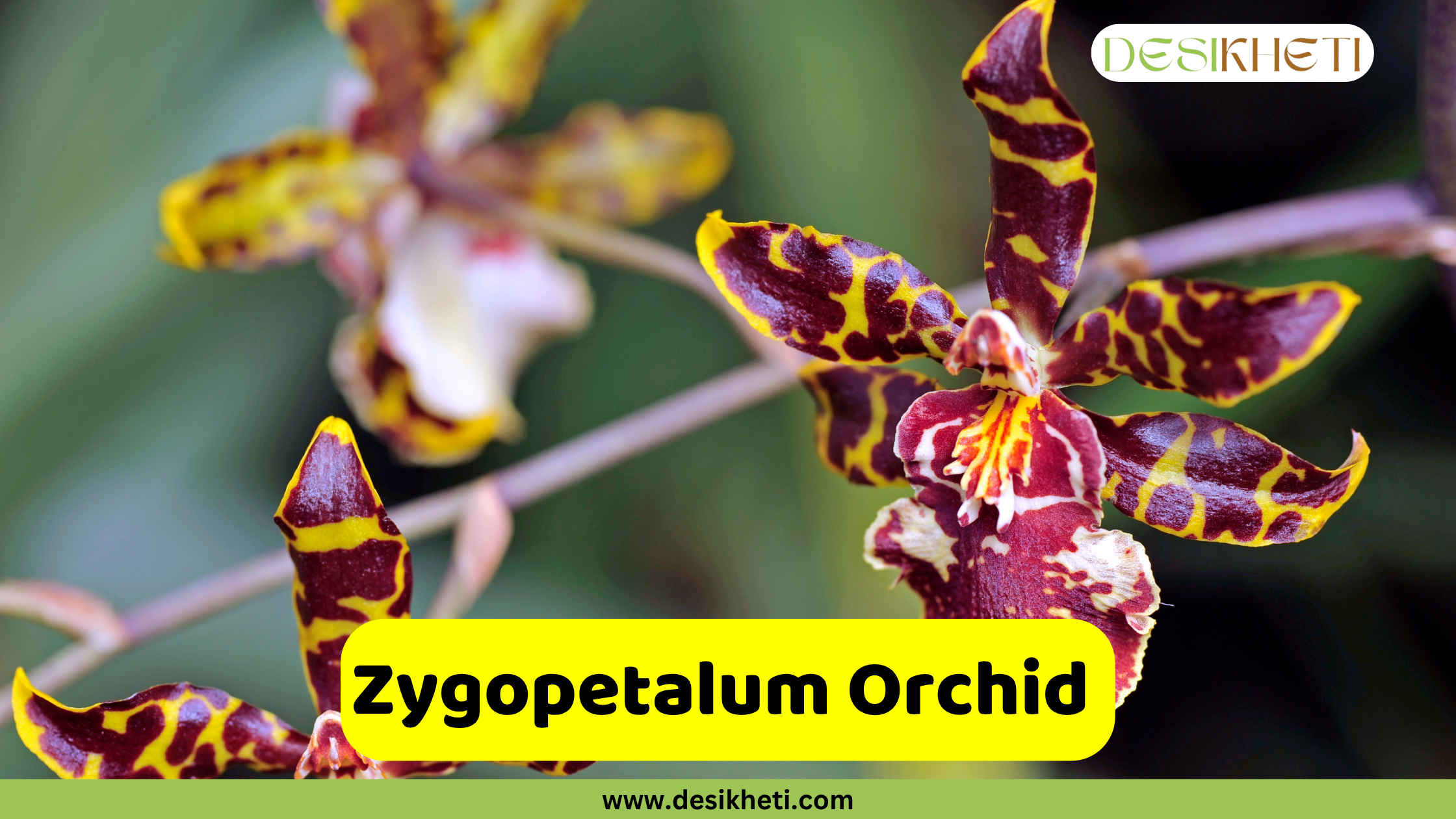
Botanical Name: Zygopetalum spp.
Medium to large flowers with green, purple, maroon, and bluish hues. Strong, spicy-sweet scent. Grows from pseudobulbs and blooms primarily in late autumn to early winter.
Uses & Benefits:
- Known for strong, sweet fragrance
- Displayed in orchid shows and private collections
- Preferred by hobby growers for unique color patterns
Jewel Orchid
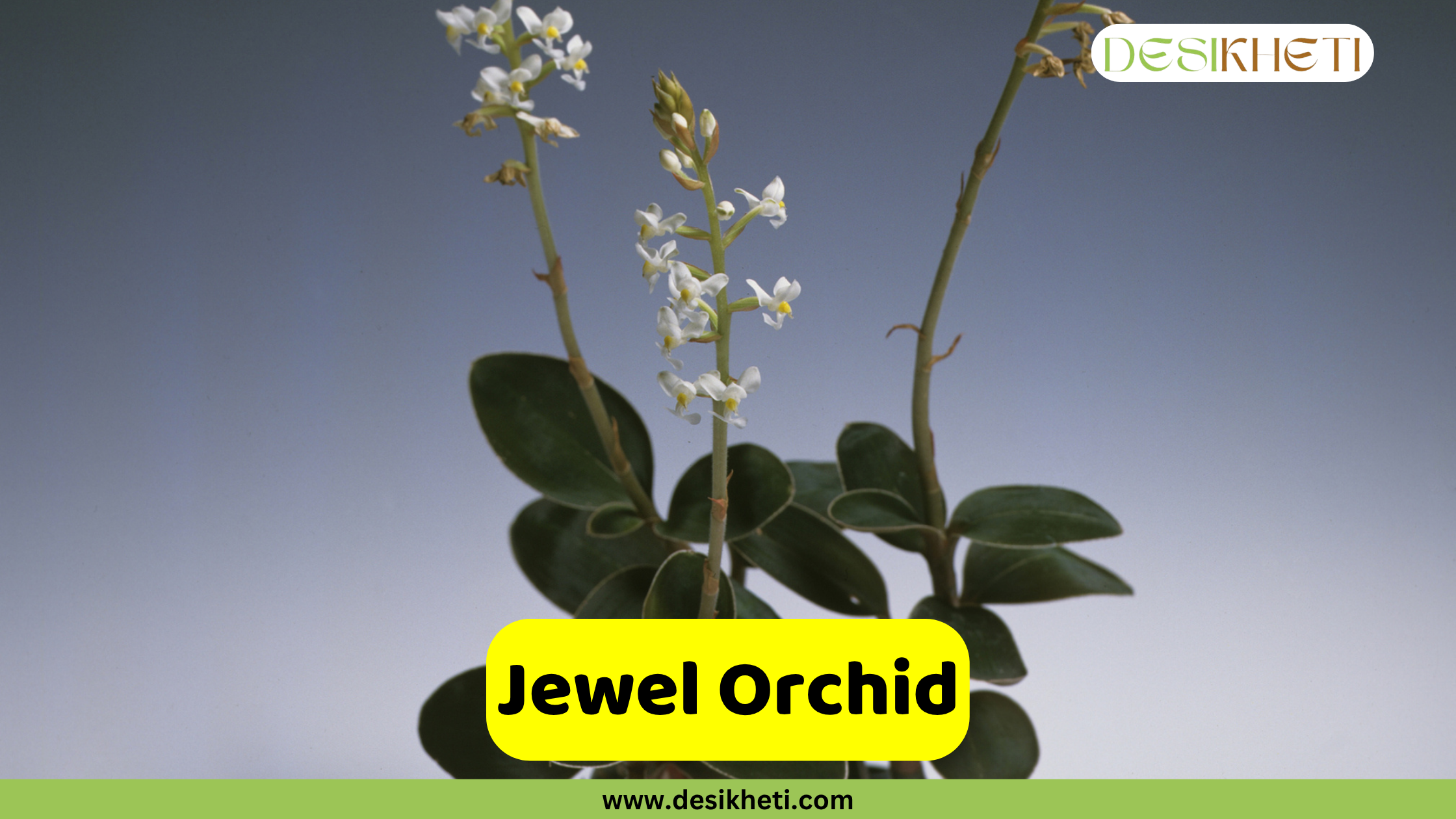
Botanical Name: Ludisia discolor
A low-growing terrestrial orchid valued for its velvety, dark maroon foliage with pink or gold veins. Small white flowers bloom from December to February.
Uses & Benefits:
- Grown as a decorative houseplant for its foliage
- Adds luxury and greenery to indoor spaces
- Easy to care for and propagate
Other Common Orchids
- Laelia Orchid
- Butterfly Orchid
- Tracy’s Cymbidium
- Gongora Orchid
- Medusa Orchid
- Sobralia Orchid
- Scented Lycaste
- Clamshell Orchid
- Florida Butterfly Orchid
- Fire Star Orchid
- Citrus-scented Aerangis
- Tiger Stanhopea
- Tulip Orchid
- Bucket Orchid
Growing and Care Tips for Orchids
- Light: Provide bright, indirect sunlight. Avoid direct harsh sun, which can burn the leaves.
- Watering: Water your orchids once a week. Let the potting medium dry slightly between waterings to prevent root rot.
- Humidity: Maintain humidity around 50–70%. Mist your orchids regularly or use a humidity tray.
- Temperature: Keep orchids in a temperature range of 18°C to 30°C (65°F to 85°F) for optimal growth.
- Air Circulation: Ensure good air circulation to prevent fungal infections. A gentle fan can help indoors.
- Fertilizing: Use a balanced orchid fertilizer every 2–3 weeks during the growing season. Reduce feeding in winter.
- Potting Medium: Use a well-draining orchid mix like bark, charcoal, or sphagnum moss to support healthy roots.
- Pruning: Remove dead or yellow leaves and spent flower spikes to encourage new growth.
- Repotting: Repot orchids every 2–3 years or when the potting mix breaks down. Best done after flowering.
- Patience and Care: Orchids may take time to bloom, but with consistent care, they reward you with beautiful flowers.
Orchids are truly botanical treasures. The diversity of orchids found in India reflects the country’s rich natural heritage and ecological variety. By understanding the unique traits and benefits of these remarkable plants, we can better appreciate their importance and contribute to their conservation.
Protecting their natural habitats and promoting sustainable cultivation will ensure that future generations can enjoy the charm and benefits of these extraordinary flowers.
FAQs on Orchids
1. Can Dendrobium orchids grow in water?
A. No, Dendrobium orchids need well-drained media and cannot grow well if submerged in water.
2. Is Vanda coerulea fragrant?
A. Yes, Vanda coerulea has a sweet and subtle floral fragrance.
3. What is the speciality of orchid flowers?
A. Orchid flowers are known for their bilateral symmetry, complex pollination, and vast variety of colors and forms.
4. How many colors are there in foxtail orchids?
A. Foxtail orchids appear in shades of white, pink, purple, and bicolored patterns.
5. What does the Cymbidium flower symbolize?
A. Cymbidium orchids symbolize friendship, nobility, and moral integrity in some cultures.
6. What is the common name for Cymbidium aloifolium?
A. Cymbidium aloifolium is commonly called the Aloe-leafed Cymbidium or Boat Orchid.
7. What kind of soil does Spathoglottis plicata like?
A. It prefers well-draining soil mixed with sand, compost, and loam.
8. Do orchids regrow flowers?
A. Yes, many orchids rebloom under the right care and conditions.
9. What is the common name for Phalaenopsis?
A. Phalaenopsis is commonly known as the Moth Orchid.
10. How long do vanilla orchid flowers last?
A. Generally, vanilla orchid flowers last for only one day.
11. Are vanilla flowers fragrant?
A. Vanilla flowers are mildly fragrant; the strong scent comes from cured seed pods.
12. What is the common name for a Cattleya orchid?
A. Cattleya is commonly known as the Corsage Orchid.
